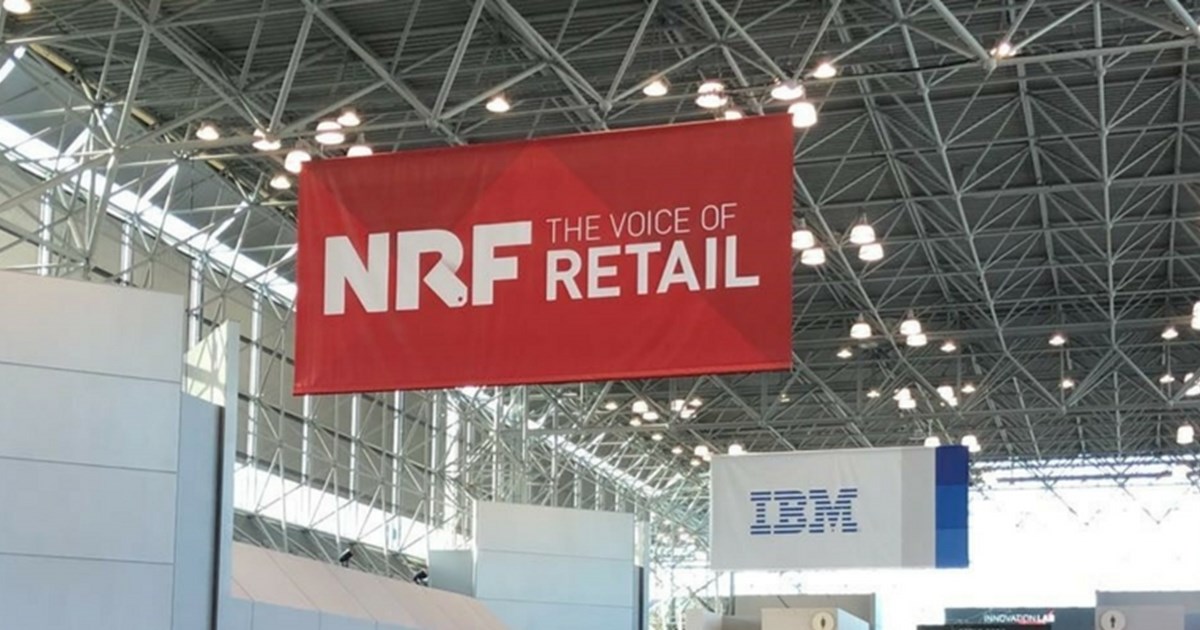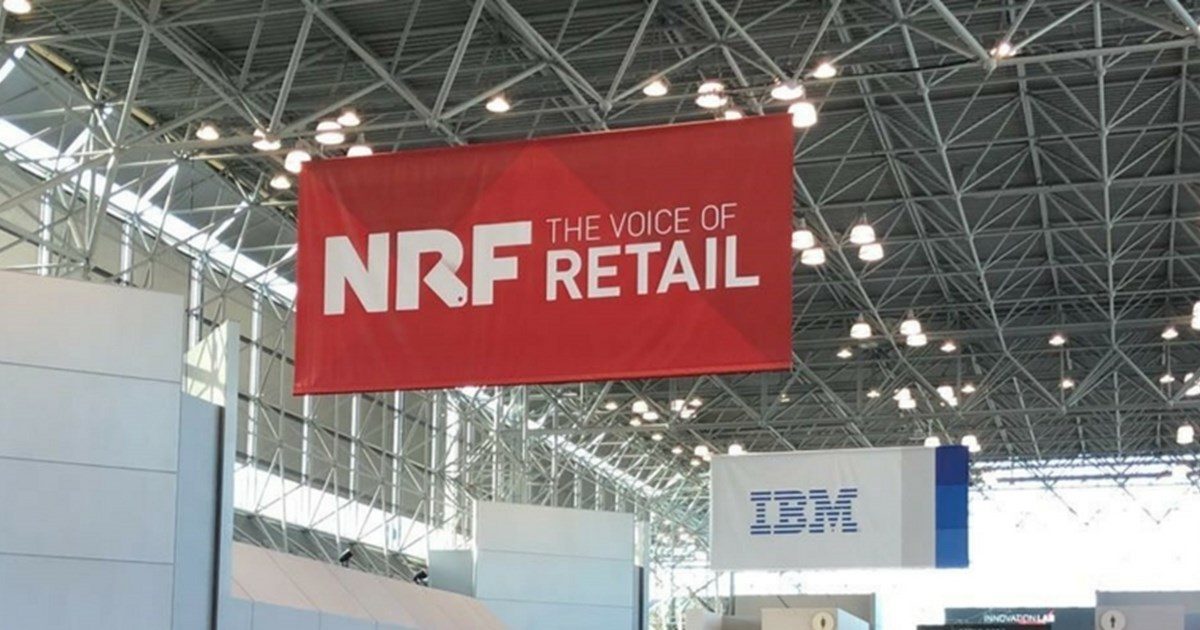
The marketing spiel and the innovation lab mentality of 21st-century retail which centres on exploring new technology to support new ways of working often disguises the fact that businesses operating in the space still have to get a handle on the fundamentals.
Yes, finding new ways to engage with and measure customer sentiment on social media is an important exercise in modern, digitally-influenced retail. And, yes, blurring physical and online retail through the likes of virtual/augmented reality apps – or via voice technology – can resonate with customers when done correctly.
But the ‘old-fashioned’ issues and challenges of supply chain, inventory management, markdown strategy for perishables, shelf gap filling, or cutting queues in the store are not disappearing. They all still need addressing, and it is here where significant savings can be made.
Retailers at this year’s National Retail Federation (NRF) Big Show, should therefore have been encouraged. Whether it was software to help optimise price points, computer vision technology to monitor the shelf edge, or RFID to improve stock accuracy, it was all present on the expo floor to grab the attention of visitors.
Getting a grip on inventory
During one NRF ‘Big Ideas’ session, Best Buy’s senior director of retail ops, Aaron Pyles, said the company has saved dozens of staff hours per day, per store by introducing electronic shelf labels and in-store merchandising tech. He spoke fondly about the impact of this technology, which supports quicker stock checks and shelf-edge scanning, saying: “We’ve never had as accurate inventory in our entire company as we have today.”
The need for accurate inventory in a multichannel world was an issue raised time and time again at the New York event, and it is why much hyped retail technologies of recent years such as RFID appear to be increasingly in demand.
Dean Frew, CTO of SML RFID, says: “There’s a continued realisation that retailers’ inventory accuracy is impeding their business progress and performance.
“More and more retailers are moving towards acknowledging that item-level inventory management is something that really can help their business. We’re moving away from SKU-based to item-based inventory management, and that just so happens to use RFID.”
From Reiss to Matalan, in the UK alone, RFID technology is being introduced to solve stock management pain points, help organisations offer more informed customer service, and support one-pool-of-stock omnichannel operations.
Outside of fashion, however, RFID is not likely to be the answer for better inventory management and developing the single view of stock so many organisations crave. But the NRF expo floor highlighted plenty of alternatives.
Computer visioning at shelf-edge
Trax has worked with consumer packaged goods (CPG) businesses, including Coca Cola, for several years, helping them monitor stock and promotional performance at third-party retailers by using computer visioning technology. Now it is offering the same tech and accompanying analytics to retailers themselves.
It has already turned the eye of the UK’s largest grocer, Tesco, which is trialling its solution.
The vendor places cameras in stores at the shelf edge, which take images at regular intervals, and the resultant photography is designed to replace the gap-scanning process typically undertaken by staff.
“What you’re seeing in different segments of retail is the adoption of new technology to solve old problems,” explains David Gottlieb, managing director for Americas at Trax.
“The problem for CPG is well understood, has long plagued the industry, and ultimately not been addressed or solved in the right way – and that’s product availability and out-of-stocks.”
Businesses have made “step function changes to get better at it – primarily driven by the advent of computer assisted ordering and forecasting”, he adds, but in a growth challenged industry where customer service is key, he believes it must be addressed in a more granular and more frequent manner.
“When it comes to where to start a digital transformation journey, our strong point of view is if you can begin with some of the basics and longstanding industry problems, you’re going to have a bigger impact on shopper engagement and, frankly, on sales.”
Partnerships to solve pain points
It emerged last week that JDA Software and Panasonic have partnered to help bring an array of integrated retail solutions, combining – among other tech – the latter’s facial recognition and analytics abilities with the former’s comprehensive supply chain toolkit.
A joint-statement suggested the newly packaged offering will enhance the value chain within a retailer’s operations “by optimising production plans, supply and demand prediction, lead times, and store inventory management”. These issues have challenged retailers for decades, and the growing automated services emerging to help solve such problems should resonate with industry organisations of all sizes.
Research released last week while the NRF show was in full swing, underlined the industry’s pain points, and illustrated how executives want new tech like artificial intelligence (AI) to help them.
The 2019 Retail C-Suite Viewpoint Survey commissioned by JDA and Microsoft, and conducted among 221 global c-level executives by retail insights firm Incisiv, found 78% of respondents do not have a real-time inventory view across channels.
Capgemini research in 2018 showed retailers’ interest in AI is growing considerably, and half of respondents to the Incisiv survey said AI’s greatest impact on the supply chain will be in improving inventory levels. Some 50% also said they expect AI’s key benefit on merchandising to be around promotional performance.
When assessing the world of innovation, AI, robotics, and new frontiers retailers have at their mercy, it might seem somewhat lacking in inspiration for the focus to lay so heavily on inventory management. But it’s been a tough nut to crack over the years.
Solving this core issue using the new technology available to them, retailers can effectively take the first step towards true digital transformation. That was a pertinent message from NRF 2019.
As Best Buy’s Pyles joked, the reason for focusing so intently on inventory management is not rocket science, certainly for a store-heavy retailer. “If products are on the floor where they are supposed to be, customers will buy them a little more often,” he said.

